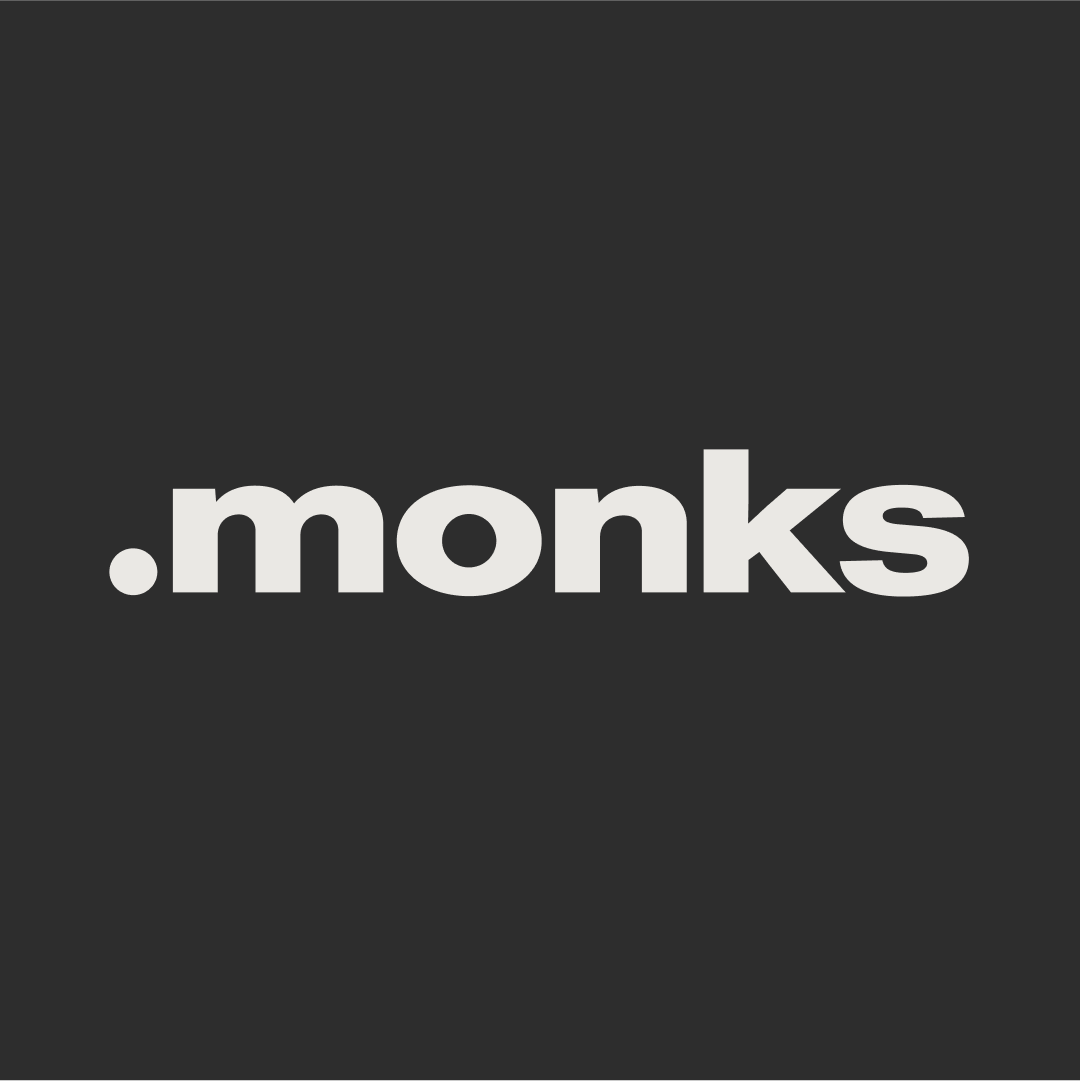Working Faster, Better, Smarter with an Integrated Production Partnership
With the increasingly personalized nature and delivery of digital content, it feels like everyone is in crunch mode. According to the latest SoDA Global Digital Outlook Report, of which MediaMonks co-founder Wesley ter Haar served as editor-in-chief, 63% of client-side marketing leaders say producing and publishing targeted digital content is a major priority for their business—and so is producing that content more quickly.
While producing timely, always-on content is a critical need for organizations, a significant portion of them face challenges in meeting that output. In the 2018 Digital Trends for Creative and Design Leaders Survey, over a third of organizations working to design creative experiences internally indicated facing particular challenges in finding and retaining the right people with the right skills, while 40% cited outdated workflows as slowing their progress. These problems together make a one-two punch that makes it difficult for organizations to successfully develop the stream of targeted content they know they need, keeping it tantalizingly out of reach.
In addition to taking up time, the cyclical nature of the old-agency model isn’t as effective as it used to be. Rather than focus a big idea on traditional media and spoke out from that, standing out in today’s media landscape requires an always-on flow of targeted content across platforms, which altogether builds toward your creative direction. In essence, the new era requires highly relevant content that continues to deliver a consistent message—something that 59% of marketers say they have difficulty with. This requires organizations to seek out new organizational and executional methods.

An emerging solution to this change is the integrated team model. In this structure, we set up organizations with a team custom-built for achieving their specific needs, whether that be access to a dedicated, decorated talent pool; locally relevant content across the globe; fresh content triggers or alleviating the brand studio’s bandwidth. “Organizations are bringing more capabilities in-house at a time where there’s an increased need for content at-scale,” says MediaMonks co-founder Wesley ter Haar. “With integrated production partnerships, we’re able to provide the resources needed to meet the demand for always-on content and relevancy to their audiences.”
An integrated team makes for a simple, scalable way to produce content on the day-to-day while allowing some space for the bigger projects or needs that crop up from time to time. With an in-house setup that collaborates with top talent across the globe, an integrated team functions as an always-on talent studio capable of delivering an unprecedented amount of flexibility and production with a rapid turnaround time not seen before.
Benefits to working with an integrated team include:
- A team of world-class talent custom-built to your organization’s needs
- Direct, immediate access to an agency’s capabilities—even those outside of your pre-defined, day-to-day operations
- A streamlined, efficient workflow with fast turnaround times
- An outside perspective capable of safeguarding your brand
Dive into the Deep End of the Talent Pool
A key benefit to the integrated team model is total access to a diverse talent pool, which encompasses both the skills you need for day-to-day operations as well as more niche talent that you might need for one-off projects or last-minute asks. We house all modern digital trades, which give us the ability to look at client needs holistically before tapping into a varied set of available skills available to accomplish them. “This process goes beyond pure production,” says Louise Martens, Executive Producer at MediaMonks LA. “We can really impact customer journeys as developers, strategists and content creators can work together in a fast and flexible manner.” Whether the team is on-site or operating elsewhere, you might think of an integrated team as stripping away the wall of an agency for unrestricted access to its toolset.

For example, we have one partner whose primary need is to create print-based materials and assets. To meet this need, we set them up with a team of dedicated designers that can easily deliver those materials in a fast turnaround time. But when the same partner needed an animation done as a one-off project, a team of graphic designers wouldn’t do—which is why we quickly augmented the team with a set of animators who could deliver on that need with the same, rapid turnaround time expected, without the trouble of sending out an RFP to bidders or field resumes from freelancers.
Integrated teams aren’t the same as your typical production partnership, nor is it the same as simply outsourcing work to a body shop. In our integrated partnerships, we’ve seen how easy it is for teams to introduce new capabilities on top of projects after discovering some need—for example, providing copy options after noticing that in-house copy didn’t exactly fit with the visual design. “What’s unique about this kind of partnership is that it’s focused on the long-term,” says Martens. “You see this in the optimization of workflows, but it’s also a matter of deeper brand understanding, which allows us to proactively add to creative ideas.” On the organization’s side, it lets them tackle new and existing problems more flexibly.
Keep it Fresh with Relevant, Timely Content Triggers
Content triggers are the pillar of real-time marketing, ranging anywhere from planned and proactive content to reactive communication. While brands have typically kept to the planned, proactive approach (like brand events or planned campaigns), social media has driven brands to build up their in-house capabilities, as they require a fast pace of production and brand knowledge.
Brands are moving from short-term campaigns into programs and ecosystems that are built around always-on content.
An approach that requires collaboration between several parties can sometimes slow production down, which is why we try to take a leaner approach to everything we do, including project-oriented tasks. Integrated teams serve as one alternative designed to eliminate bottlenecks and allow for the rapid design of timely content triggers, which is critical for how organizations must engage with consumers today.
“Brands are moving from short-term campaigns into programs and ecosystems that are built around always-on content,” says Martens. Because the team works partially in-house and is dedicated to the brand, organizations don’t have to jump through hoops to deliver on the ask. Using the same creative framework for producing assets at scale—beginning with a master template and identifying the variables in terms of content or platform fit—the integrated team model optimizes workflows to deliver relevant content triggers at unprecedented speed.

This speed is thanks in part to an always-on, global talent studio. When necessary, integrated teams can tap into talent from other offices around the world, which means work continues to get done elsewhere even after you’ve closed up shop for the day. “This interaction between an internal MediaMonks Brand Ambassador and our global support network is a powerful mechanic,” says Martens. “These Monks understand the brand experience in-depth and can thus represent its values, aesthetic and tone of voice in our wider teams.” If a team gets a brief at end of day from the partner, they can deliver up to sixteen hours of work spread across time zones to be delivered the following morning, providing quality work within timelines that were once viewed as unrealistic. Say goodbye to feeling like there aren’t enough hours in a day.
The integrated team model is a reaction to the unique challenges facing the advertising industry today. Organizations no longer have to put their brands in the hands of an outside agency to deliver on the ever-increasing demand for relevant content. With dedicated, open access to a diverse pool of talent, they become better prepared to meet industry challenges while retaining complete ownership of their work. “Our experiences have shown us that MediaMonks is used as a lever for the brand to further build their own studio or spend more time on the work that matters most,” says Martens. “Brands are taking back control.”
Related
Thinking
Sharpen your edge in a world that won't wait
Sign up to get email updates with actionable insights, cutting-edge research and proven strategies.
Monks needs the contact information you provide to us to contact you about our products and services. You may unsubscribe from these communications at any time. For information on how to unsubscribe, as well as our privacy practices and commitment to protecting your privacy, please review our Privacy Policy.



